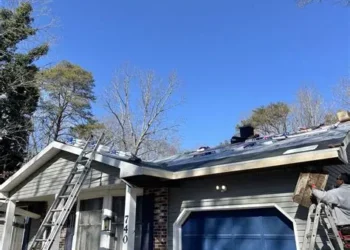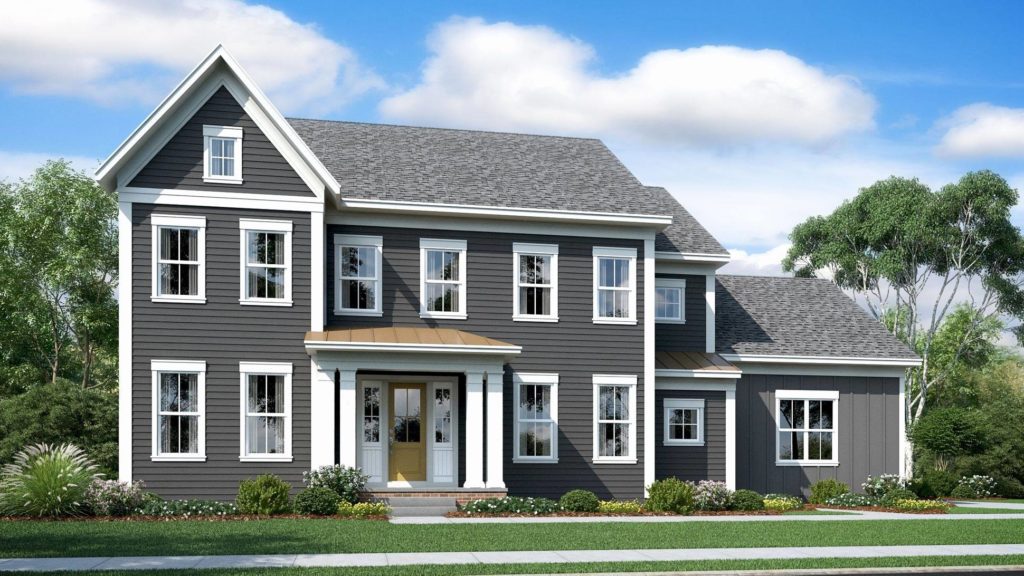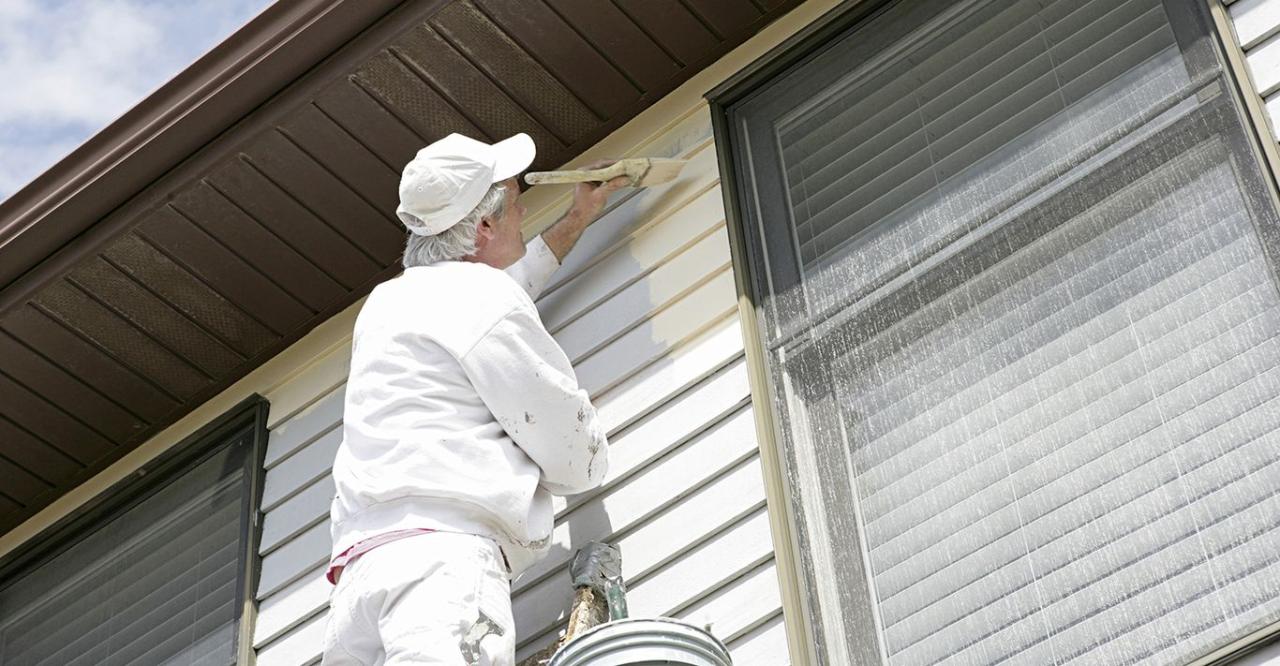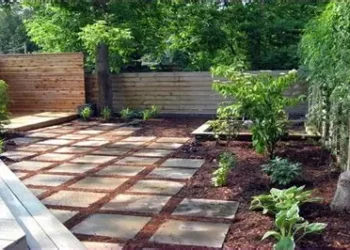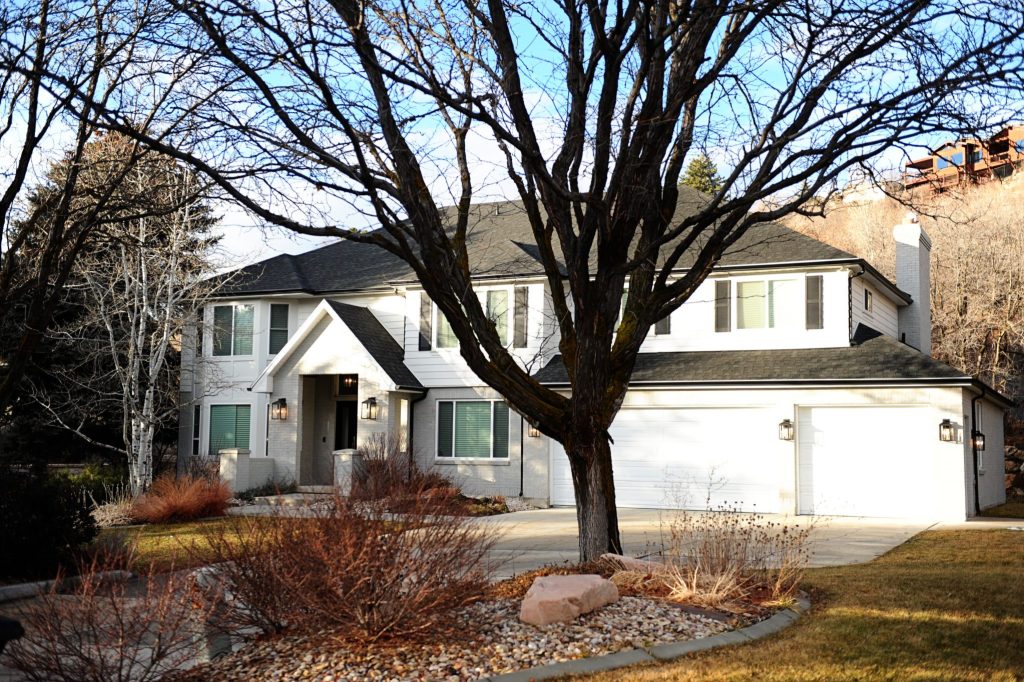Embark on a journey to transform your home with our comprehensive guide on siding remodel. Delve into the world of different siding materials, cost considerations, installation processes, energy efficiency, maintenance tips, and design trends that will elevate the aesthetic appeal of your home.
Types of Siding Materials
When it comes to siding materials for remodeling projects, there are several options to choose from. Each material has its own unique characteristics, benefits, and considerations to keep in mind.
Vinyl Siding
Vinyl siding is a popular choice due to its affordability and low maintenance requirements. It is durable, resistant to rot and insect damage, and comes in a wide range of colors and textures. However, extreme temperatures can cause vinyl siding to warp or crack over time.
Wood Siding
Wood siding offers a classic and natural look that can enhance the aesthetic appeal of a home. While wood siding requires more maintenance compared to vinyl, it can be refinished or repainted to extend its lifespan. However, wood siding is susceptible to rot, mold, and insect infestations if not properly maintained.
Fiber Cement Siding
Fiber cement siding is a durable and versatile option that can mimic the look of wood or masonry. It is resistant to fire, rot, and pests, making it a low-maintenance choice for homeowners. Fiber cement siding is available in a variety of colors and textures, providing flexibility in design options.
Metal Siding
Metal siding, such as aluminum or steel, is known for its strength and longevity. It is resistant to fire, rot, and insect damage, making it a durable choice for harsh weather conditions. Metal siding is available in different finishes and can be painted to achieve a custom look.
Cost Considerations
When planning a siding remodel, it's crucial to consider the various cost factors involved in the project. The choice of siding material can significantly impact the overall cost, so homeowners should carefully weigh their options to stay within budget. Here are some tips on how homeowners can effectively budget for a siding remodel:
Impact of Siding Material Choice
The type of siding material chosen for a remodel can have a significant impact on the overall cost of the project. Some materials, such as vinyl or aluminum siding, tend to be more affordable compared to options like wood or fiber cement.Additionally, the size of the home, complexity of the installation, and additional features like insulation or trim details can also influence the cost.
- Consider the initial cost of the siding material, including the cost per square foot or per panel.
- Factor in installation costs, which can vary depending on the type of material and the complexity of the project.
- Think about long-term maintenance costs associated with different siding materials, as some may require more upkeep than others.
Budgeting Tips for Homeowners
To effectively budget for a siding remodel, homeowners should take the following steps:
- Get multiple quotes from reputable contractors to compare costs and services.
- Set aside a contingency fund for unexpected expenses that may arise during the project.
- Consider financing options or payment plans to spread out the cost over time, if needed.
- Prioritize essential features and upgrades to stay within budget while still achieving the desired look and functionality.
Siding Installation Process
Installing new siding on a home involves a step-by-step process that requires proper tools, equipment, preparation, and insulation to ensure a successful outcome.
Tools and Equipment Needed
- Siding Nailer: Used to secure the siding panels to the exterior wall.
- Tape Measure: Essential for accurate measurements and cuts.
- Utility Knife: For cutting siding panels to fit around windows, doors, and corners.
- Ladder: Needed for reaching higher areas of the home.
- J-Channel: Helps to create clean edges and corners for a professional finish.
Importance of Proper Preparation and Insulation
Proper preparation before installing new siding is crucial to ensure a long-lasting and well-insulated home. This includes:
- Cleaning and repairing the existing exterior surface to create a smooth and even base for the new siding.
- Applying a weather-resistant barrier to protect against moisture and improve energy efficiency.
- Installing insulation to improve the home's energy efficiency and comfort levels.
- Ensuring proper flashing around windows, doors, and other openings to prevent water infiltration.
Energy Efficiency and Insulation
When it comes to siding remodels, energy efficiency and insulation play a crucial role in improving the overall comfort and cost-effectiveness of a home.
Importance of Energy Efficiency
Energy-efficient siding can help reduce heating and cooling costs by providing better insulation for the home. This means that the HVAC system doesn't have to work as hard to maintain a comfortable temperature, resulting in lower energy bills.
Insulation in Siding Remodels
Insulation in siding remodels helps to create a thermal barrier between the interior and exterior of the home. This barrier prevents heat transfer, keeping the indoor temperature more consistent and reducing the strain on the HVAC system.
Energy-Efficient Siding Options
- Vinyl Siding: Vinyl siding is a popular choice for its energy efficiency and low maintenance
. It provides good insulation and can help reduce energy costs.
- Fiber Cement Siding: Fiber cement siding is durable and offers excellent insulation properties, helping to keep the home comfortable year-round.
- Wood Siding: Wood siding, when properly installed and maintained, can provide natural insulation and enhance the energy efficiency of a home.
Maintenance and Longevity
Regular maintenance is key to extending the longevity of your siding and keeping it looking great for years to come. By following best practices for maintaining different types of siding materials, you can prevent damage and ensure your siding remains in top condition.Here are some tips on how to spot signs of wear and damage on your siding and when to consider replacement.
Maintaining Different Types of Siding Materials
- For vinyl siding, regularly wash with a mixture of water and mild detergent to remove dirt and grime. Inspect for cracks, fading, or warping, and replace damaged panels promptly.
- Wood siding should be inspected for rot, mold, or insect damage. Refinish or repaint every few years to protect the wood and maintain its appearance.
- Fiber cement siding requires periodic painting to prevent chipping or peeling. Check for cracks or moisture damage, and make repairs as needed.
- Metal siding can be cleaned with a solution of water and mild detergent. Look out for rust spots or dents and address them to prevent further corrosion.
Spotting Signs of Damage and Wear
- Inspect your siding annually for signs of cracking, peeling, fading, or warping.
- Look for mold, mildew, or rot, especially in areas prone to moisture buildup.
- Check for gaps or loose panels that could indicate structural issues.
- Pay attention to any discoloration or unusual patterns on the surface of the siding.
When to Consider Replacement
- If repairs become frequent and costly, it may be more cost-effective to replace the siding altogether.
- When the siding shows extensive damage or deterioration that cannot be repaired effectively.
- If you notice a significant decrease in energy efficiency or insulation due to siding issues.
- Consider replacement if the siding is outdated or no longer complements the overall aesthetic of your home.
Design and Style Trends
When it comes to siding remodels, staying up to date with the latest design and style trends can make a significant impact on the overall look of your home. By incorporating modern design elements, you can enhance the curb appeal and give your home a fresh and updated appearance.
Popular Color Schemes, Textures, and Patterns
One of the current trends in siding design is the use of bold and contrasting color schemes. Homeowners are opting for darker shades like deep blues, grays, and blacks to make a statement. Additionally, mixing different textures such as wood, stone, and metal can add depth and visual interest to the exterior of a home.
Wrap-Up
In conclusion, siding remodel offers a plethora of opportunities to enhance your home's beauty and functionality. By understanding the nuances of siding materials, costs, installation, energy efficiency, maintenance, and design trends, you can embark on a remodeling project that truly reflects your style and preferences.
Essential Questionnaire
What are the key differences between vinyl, wood, fiber cement, and metal siding?Each material varies in terms of durability, maintenance requirements, and aesthetic appeal. Vinyl is low maintenance, wood offers a natural look, fiber cement is durable, and metal provides a modern aesthetic.
How can homeowners effectively budget for a siding remodel?Homeowners can budget effectively by considering the cost factors of siding materials, installation processes, and any additional expenses that may arise during the project.
What role does insulation play in siding remodels?Insulation is crucial for energy efficiency as it helps regulate indoor temperatures and reduce energy consumption, ultimately leading to cost savings.
How can regular maintenance prolong the longevity of siding?Regular maintenance, such as cleaning and inspections, can prevent damage and wear, extending the lifespan of siding materials.
What are some popular design trends in modern siding remodels?Current trends include exploring unique color schemes, textures, and patterns to elevate curb appeal and enhance the overall aesthetic of a home.

